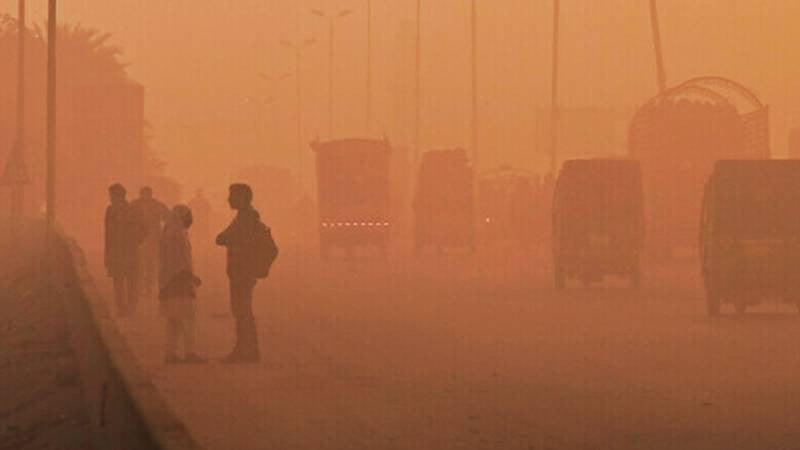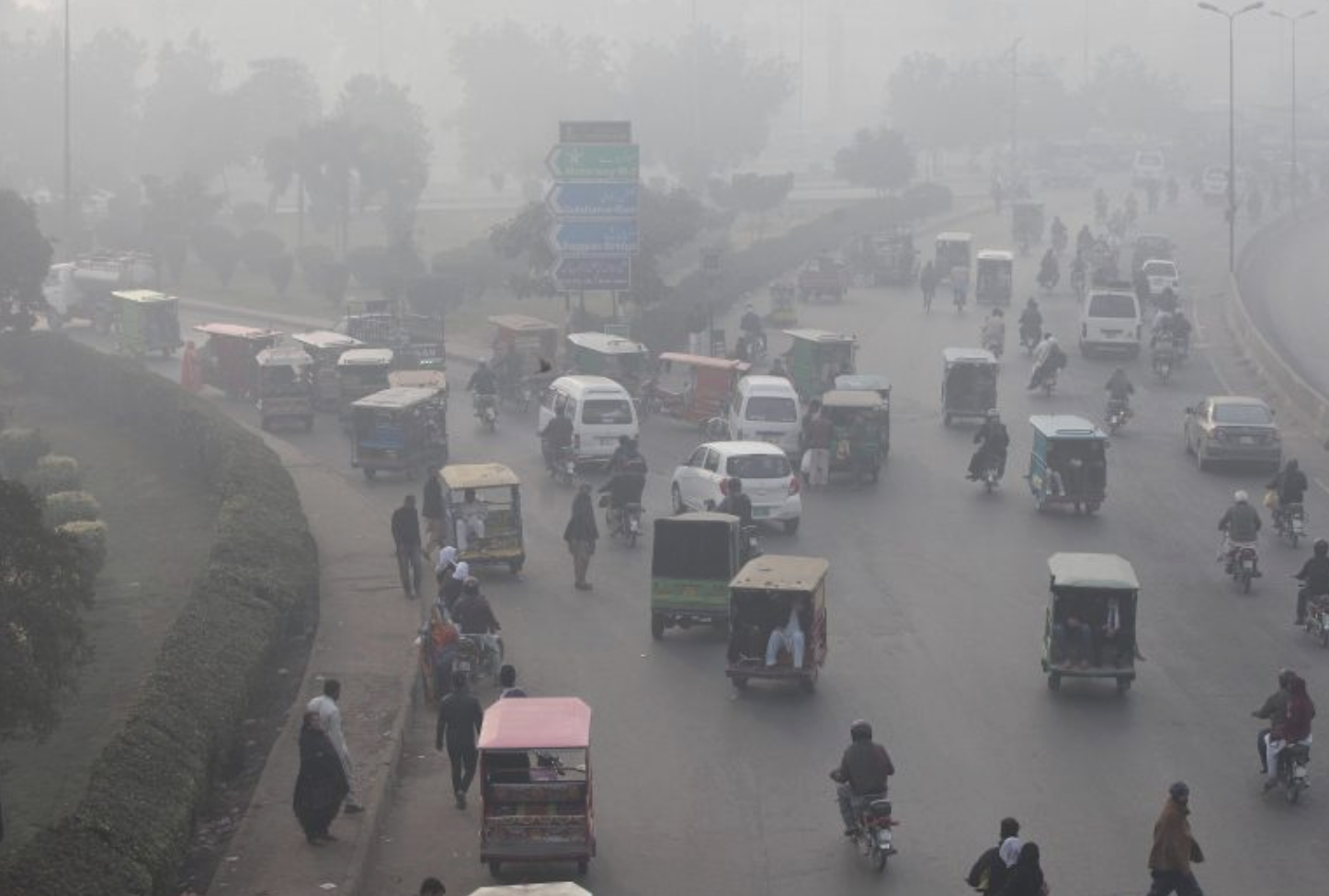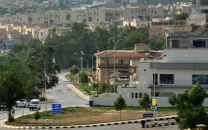Punjab’s quiet revolution against perennial smog: Data solves a long-standing challenge
Data-driven smog control in Punjab gives citizens accurate, timely, and accessible information about air quality

For generations, the onset of winter in Punjab, particularly in the metropolis of Lahore, has been synonymous with a grim, annual ritual: the emergence of suffocating smog.
This persistent environmental crisis has annually forced citizens to contend with pervasive grey skies, hazardous air quality, and an urgent necessity for protective measures like air purifiers and masks.
Historically, the provincial strategy against this menace has been characterised by reactive enforcement. The reliance on sporadic spot checks, transient operational bans, and emergency public alerts was frequently hampered by the delayed acquisition or fragmentation of critical data.

This year marks a fundamental departure from previous strategies in confronting Punjab's pervasive air pollution crisis. The province has strategically invested in a data-driven methodology, centred around the deployment of an extensive, province-wide network of modern Air Quality Monitoring Stations (AQMS).
Real-Time transparency: The new standard
These cutting-edge stations deliver high-resolution, continuous readings of all critical pollutants, including PM2.5, PM10, NO₂, SO₂, O₃, CO, and NOx. This unprecedented capability establishes a real-time, verifiable window into atmospheric conditions, a significant advancement over the previously challenging task of obtaining timely data.
From Reaction to Proactive Prediction
The implications of this enhanced surveillance are profound. Officials are no longer reliant on outdated reports or sporadic sampling. They can now instantaneously detect pollution spikes as they occur, facilitating rapid and highly targeted interventions.
This shift enables immediate regulatory action, from strict compliance checks on industrial operations and emissions from vehicular traffic to preemptive measures against stubble burning and brick kiln activities. In essence, Punjab has transitioned from merely reacting to the effects of smog to strategically predicting and preventing its formation.
Operational Sophistication
The technology powering this network is state-of-the-art. Each AQMS operates as a compact, autonomous laboratory, utilising high-precision gas and particulate analysers, integrated with sophisticated meteorological sensors and robust data acquisition infrastructure.

Crucially, the system ensures uninterrupted monitoring through advanced backup power protocols. The collected data is immediately transmitted to central servers and made publicly accessible via official dashboards and mobile applications, thereby empowering citizens, researchers, and media professionals with verified air quality metrics in real time.
Fostering Public Accountability
By strategically investing in technological advancement and radical transparency, Punjab is achieving more than just enhanced environmental response capacity. It is actively promoting informed public awareness.
Citizens are transformed from passive recipients of air quality alerts into active stakeholders who can independently verify data, analyse trends, and make evidence-based personal and community decisions.
A Model For Environmental Governance?
Punjab’s AQMS network may not be garnering the high-profile attention of major infrastructure initiatives, but it represents a profound and strategic advancement in regional environmental management.
This comprehensive framework leverages real-time data acquisition and enhanced transparency to facilitate not only the operational management of atmospheric pollution, such as smog, but also a paradigm shift in environmental governance methodology.
For the citizens, the system translates directly into improved public health outcomes, informed personal decision-making, and a government accountability structure focused on measurable environmental metrics.
This approach underscores the efficacy of achieving substantive progress through consistent,scientifically validated interventions rather than purely symbolic or reactionary measures.

While the system is subject to the predictable operational challenges inherent in complex technological deployment—including requisite calibration routines and occasional connectivity fluctuations, the provincial government’s unwavering commitment to continuous, high-fidelity scientific monitoring signals a decisive departure from antecedent, often inconsistent, regulatory practices.
In essence, the AQMS network constitutes a significant, albeit quiet, evolution in governance. It systematically prioritises the application of empirical evidence over unsubstantiated conjecture and elevates long-term public health considerations above short-term political visibility.
Punjab AQMS isn't just fixing air, it's building a model for a healthier future!
























COMMENTS
Comments are moderated and generally will be posted if they are on-topic and not abusive.
For more information, please see our Comments FAQ